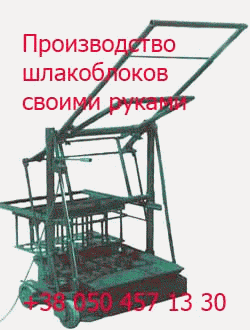1. Textiles Animal glues have been used for many years as a warp size to protect yarn from breaking and chafing during weaving. These glues have particular applications on rayon, acetate, and viscose, and cotton, nylon, Orlon, and Dynel have also been sized successfully. Sizing solutions commonly contain 2.5 to 8% glue solids using various […]
Архивы рубрики ‘Handbook of Adhesive Technology’
Gummed Tape
 28 июля, 2015
28 июля, 2015  Malyar
Malyar Low-test animal glues, both bone and hide, were used extensively in gummed tape manufacture. Animal glues have been displaced to a considerable extent by dextrins and starches. They are still used as an additive to dextrins and starches to improve adhesive properties, and also alone or with dextrins for specialty paper or cloth tapes. Animal […]
Ore and Metal Refining
 28 июля, 2015
28 июля, 2015  Malyar
Malyar In ore refining, the flocculating or suspending properties of animal glues, which depend on the relative electrical charges, are used to separate valuable metal-containing ores, including uranium, zinc, lead, and others, from base materials such as clay. The glue acts as a protective colloid (floc stabilizer) to inhibit precipitation or ‘‘sanding out’’ of fines during […]
Matches
 28 июля, 2015
28 июля, 2015  Malyar
Malyar Animal glues continue to be used for the production of book and wooden stick matches. Efforts to replace it have been without success. The production of matches is dependent on the presence of the animal glue in the head. It not only serves as the binder for the ignition chemicals, combustible fillers, and inert materials, […]
Woodworking
 28 июля, 2015
28 июля, 2015  Malyar
Malyar Animal glues were the traditional adhesives for woodworking, finding acceptance for edge gluing, assembly, veneering, inlays, and finishing. They have been largely supplanted by ready-to-use, synthetic, water-based emulsion adhesives, and to a smaller degree by hot melts for some applications. Animal glues are still used in high-quality furniture and for critical applications such as pianos. […]
Abrasives
 28 июля, 2015
28 июля, 2015  Malyar
Malyar The coated-abrasive industry consumes a large volume of animal glue in such applications as sandpaper and cloth in rolls, sheets, and various specialties. Animal glue is also used for ‘‘set up’’ abrasive wheels, belts, disks, cones, and bobs, as well as in greaseless abrasive composition, which is basically a mixture of animal glue, water, and […]
Paper Converting
 27 июля, 2015
27 июля, 2015  Malyar
Malyar An example of the use of animal glue adhesives in the paper converting field is for the covering of rigid boxes and containers with paper, typically lithographed decorative labels in setup box manufacturing. Animal glue adhesives are preferred because of their controlled tack, nonwarp properties, and permanence of adhesion. In this operation, a thin paper […]
Paper
 27 июля, 2015
27 июля, 2015  Malyar
Malyar Animal glues, in both dry and liquid forms, have been used extensively in the manufacture of paper and paper products. Attributes of importance include film forming, colloidal, amphoteric, and adhesive properties. Animal glues have application in the creping of various types of tissue, such as facial, toilet, and toweling. Creping typically involves machine speeds up […]
Bookbinding
 27 июля, 2015
27 июля, 2015  Malyar
Malyar There are two areas where animal glue adhesives are used extensively: for hardcover books in casemaking and backlining operations, and for perfect binding of directories and catalogs. Animal glues, primarily compounded products, are used because of their good film flexibility, excellent tack and speed-of-set properties, and ease of cleanup. For hardcover books, the largest application […]
END USES
 27 июля, 2015
27 июля, 2015  Malyar
Malyar Current end uses for animal glues and compounded products include (see Fig. 1) bookbinding and directory/catalog binding, paper manufacture and converting, abrasives, ore and metal refining, paper box manufacture, matches, gummed tape, woodworking, luggage, case covering and lining, rubber compounding, textiles, glass chipping, picture frame and decorative molding composition, and leather manufacturing.
 Опубликовано в рубрике
Опубликовано в рубрике 
